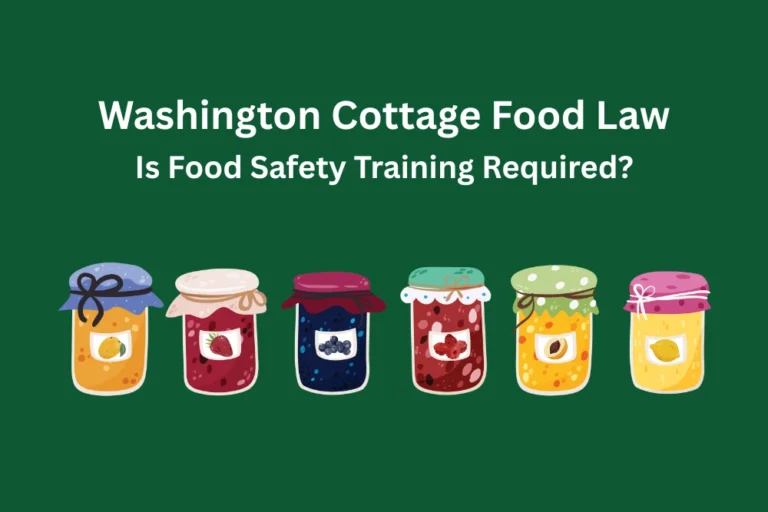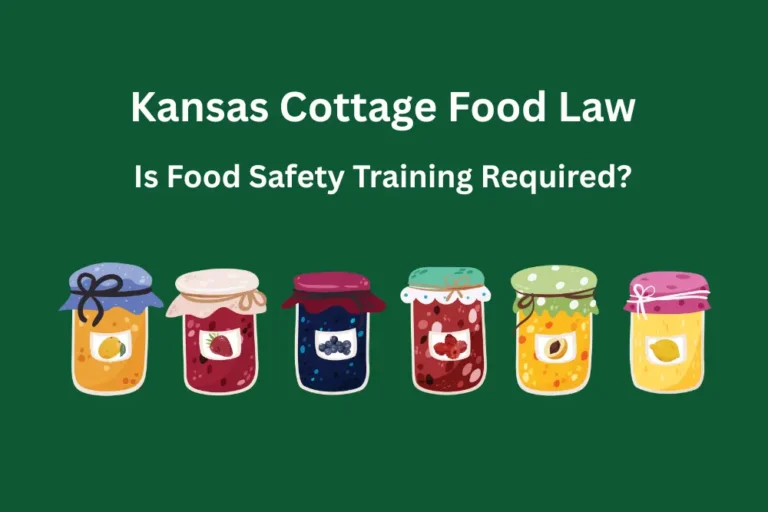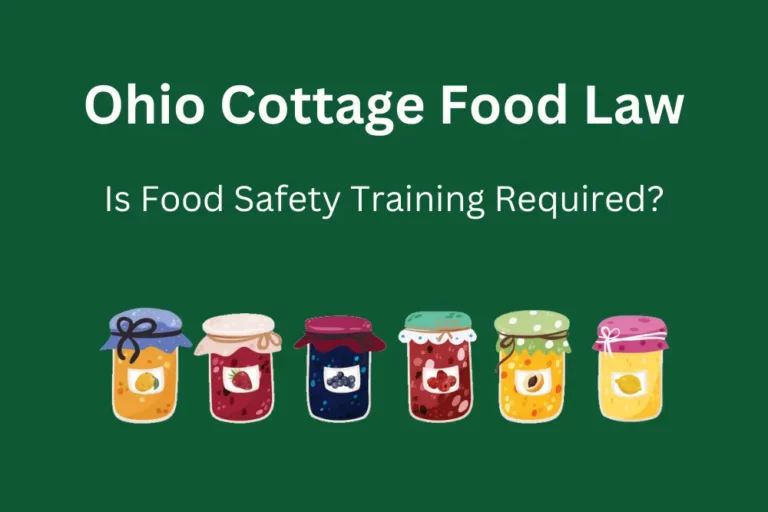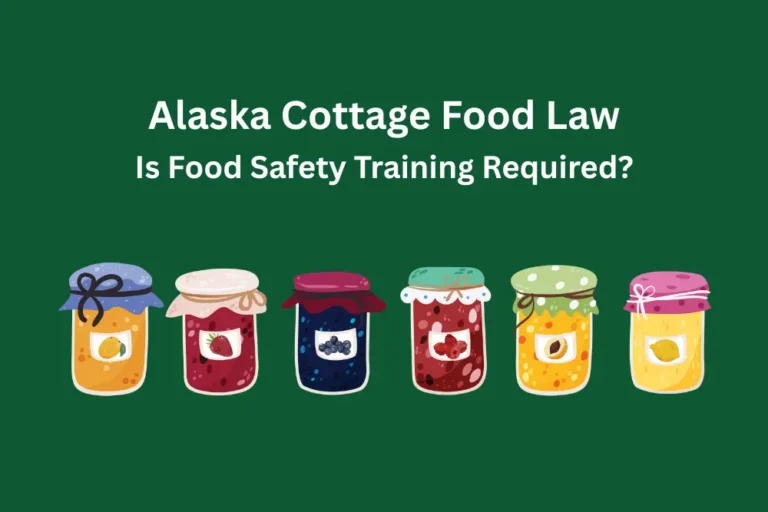California Cottage Food Law: Food Safety Training Requirements
Article Summary
Selling homemade food in California? You’ll need to follow the state’s cottage food law — and that includes completing a food handler training course. This short video explains exactly who needs training, what foods you can sell, and how to get your card online with FoodSafePal.
Food that you make at home and sell is known as cottage food.
Cottage food has become increasingly popular as more people want to know where their food comes from and who makes it.
Each state has its own cottage food laws, which regulate the types of foods you can sell and to whom and how you can sell them.
As a component of this law, some states also require food safety training.
This article discusses the California cottage food law, and whether you need food safety training to sell homemade food.
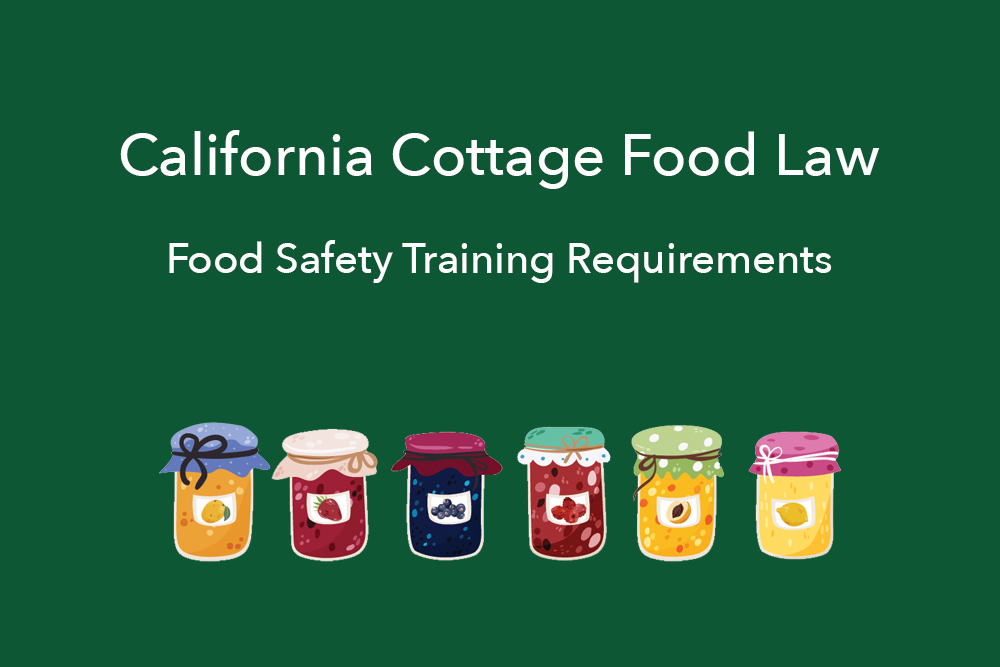
California cottage food operations
California categorizes cottage food operations (CFO) into two classes — Class A and Class B.
As a Class A CFO, you can sell homemade prepared foods directly to the public through various means, such as by delivery, online, or in-person.
As a Class B CFO, you can sell homemade prepared foods directly to the public or indirectly through restaurants and food markets.
Gross annual sales limits are adjusted annually based on inflation. While Class A CFOs are allowed half the amount of Class B CFOs, your local health department will provide the current allowable amounts during registration or permitting.
CFOs — regardless of class — can only produce and sell certain categories of non-temperature-controlled foods, which don’t support the rapid growth of bacteria that could make a person sick with a foodborne illness.
Approved cottage foods include (1):
- baked goods without cream, custard, or meat fillings
- candy and confections
- extracts containing at least 70% proof or 35% food-grade for human consumption ethanol/alcohol
- dried, dehydrated, and freeze-dried foods
- frostings, icings, fondants, and gum pastes that don’t contain eggs, cream, or cream cheese
- honey and sorghum syrups
- fruit butters, jams, and jellies (certain types only)
- nuts, nut mixes, and nut butters
- powdered drink mixes made from manufactured ingredients
All CFOs must meet the requirements listed in the California Health and Safety code, including:
- preparing and selling from the approved foods list
- completing a cottage foods operator training within three months of registration/permitting
- implementing sanitary operations
- labeling compliant with state and federal regulations
- operating within the established gross annual sales limits
The California Department of Public Health maintains and updates the Approved Cottage Foods List. Always check the most current list on the CDPH Cottage Food Operations page before offering new products.
To register as a Class A or Class B CFO, you must contact your local health department, which oversees Environmental Health programs. They’ll guide you through the application or permitting process based on your operation type.
Summary
California classifies cottage food operations as Class A or Class B. Both classes have the same requirements listed in the California Health and Safety Code, but differ in certain ways.
Do you need food safety training to sell homemade food in California?
California doesn’t allow you to sell high-risk foods like meat, dairy, or anything that requires refrigeration — known as time/temperature control for safety (TCS) foods.
But even for shelf-stable items, food safety matters. That’s why California requires all cottage food operators to earn a California food handler card within three months of becoming registered or permitted, and every three years after that.
You can meet this requirement by completing an ANSI-National Accreditation Board (ANAB)-accredited food handler training course, like FoodSafePal’s.
Earn Your Food Handlers Card + Certificate to Sell Cottage Foods
Finish in 90 Minutes. Meets California’s Cottage Food Law.
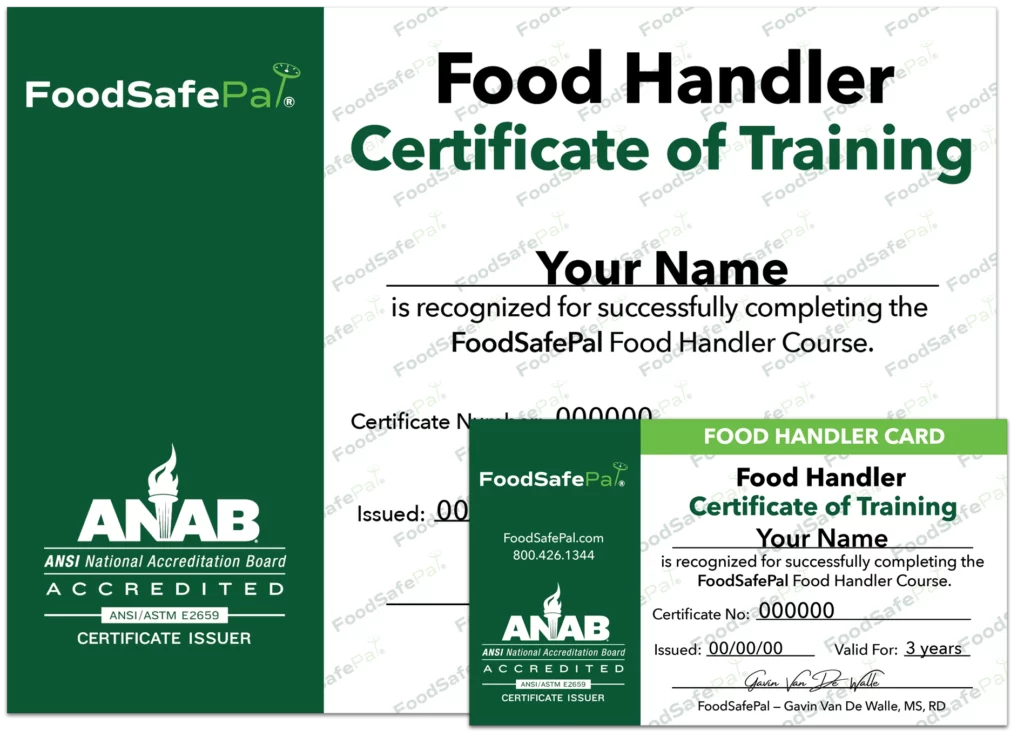
After successfully completing the course, you will receive a food handler card or certificate, which you must have in order to become registered or permitted as a CFO, and provide to your local health agency upon their request for verification that you have completed the training.
You must retain a copy of your food handler certificate and be prepared to show it to your local health department upon request.
Summary
California requires that you successfully complete an approved food handler course within three months of becoming a registered or permitted CFO. To satisfy this requirement, you can take an ANAB-accredited food handler course, like the one offered by FoodSafePal.
Labeling requirements
California’s cottage food laws require that each product you sell contain an attached label.
At a minimum, this label must include:
- The common or descriptive name of the product
- The name, city, and ZIP code of your cottage food operation.
- If your business is not listed in a current telephone directory, you must also include your full street address.
- The registration or permit number of your operation, along with the county name of the local health department that issued it.
- A list of ingredients, in descending order by weight.
- A declaration of major foo d allergens, such as milk, eggs, fish, shellfish, tree nuts, peanuts, wheat, and soybeans.
- Allergens may be listed within the ingredient list or in a separate “Contains” statement (e.g., Contains: Milk, Wheat, Eggs).
- The statement “Made in a Home Kitchen” (or “Repackaged in a Home Kitchen” if applicable) in 12-point type on the principal display panel.
- The net quantity (weight, count, or volume) of the product, listed in both U.S. (imperial) and metric units.
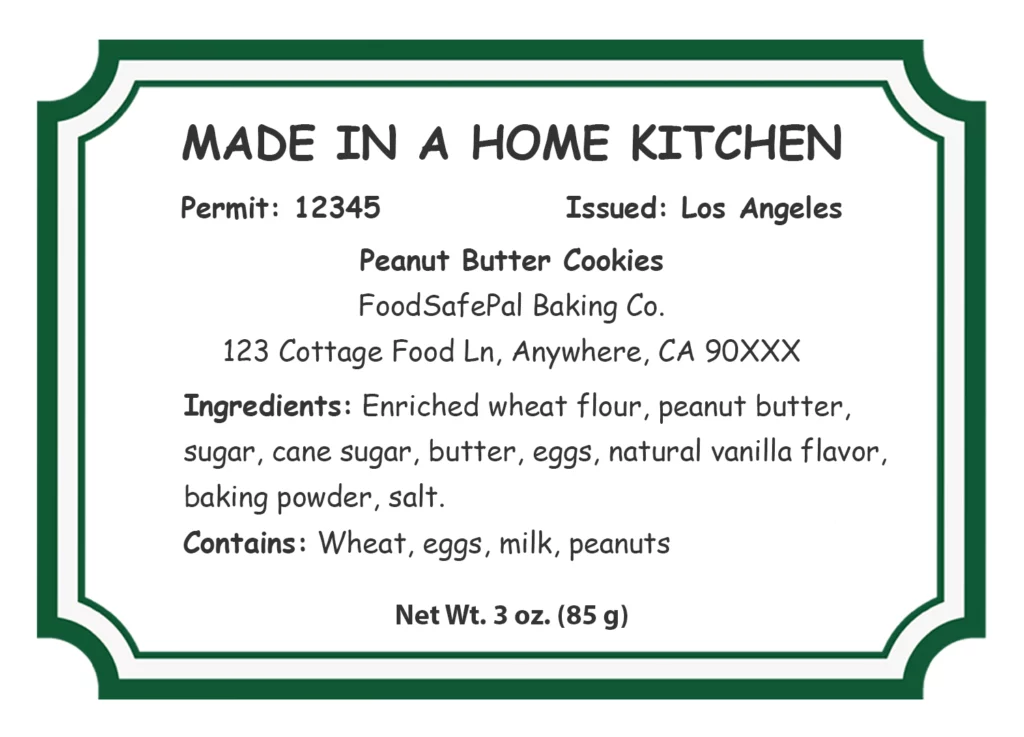
Nutrition Facts panels are not required, unless you make a nutrient content or health claim, in which additional regulations apply.
If you advertise your products publicly — such as through a website, social media, or newspaper — the ad must include the name of the county where your operation is registered or permitted, your registration or permit number, and a statement that the food was “Made in a Home Kitchen.”
Summary
California requires that each product contain a label that discloses certain information, such as the name of your operation, registration or permit number, and a list of ingredients, among other things.
The bottom line
California has an approved list of cottage foods that you can sell as either a Class A or Class B CFO.
Regardless of class, California requires you to take an approved food handler course within three months of registering or permitting with your local health department, among other requirements listed in the California Health and Safety Code.
California recognizes an ANAB-accredited food handler course — like FoodSafePal’s — to meet its food processor course requirement for cottage food operators.
Earn Your Food Handlers Card + Certificate to Sell Cottage Foods
Finish in 90 Minutes. Meets California’s Cottage Food Law.

California requires that each product contain a label with information, such as your business name, contact information, ingredients, and the presence of any major food allergens.


